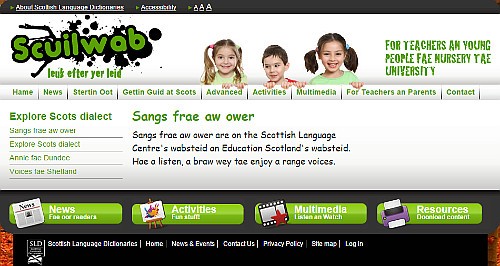Armistice Memories
September 1, 2015 by User deactivated | 0 comments
‘London was fair heaving, perfectly heaving’
We’ve got a new interview from the Ian Landles Archive (© Scottish Borders Council Archive Service) uploaded and live on Scran with a full summary. And it’s an exciting one! Former railwayman, George Cairns, born in the Scottish Borders in 1899 and interviewed by Ian Landles in 1981, shares his memories of working as a porter and then a signalman on the Borders Railways. He also relates his vivid memories of the eleventh of November 1918.
Before joining the railways, Mr Cairns signed up for the army. This was in the last year of the First World War and Mr Cairns was sent to train in Surrey. He never saw active service because he was struck down with ‘flu during the epidemic of 1918. As he recuperated in hospital in Lewisham in London, the Armistice was signed. To celebrate, Mr Cairns was allowed to leave hospital with his pal and travel up into London. He witnessed the crowds, got plenty of attention in his military uniform and made his way through the ‘heaving’ throng of The Strand and right up to the gates of Buckingham Palace where he read the historic proclamation declaring the Armistice which had been pinned there. He also saw King George V and Princess Mary as they paraded through the streets in their carriage.
It’s a fascinating story and well worth a listen. You can access the full interview with George Cairns here and find out more about the Ian Landles Archive on Scran here.
And railway fans, watch out for our upcoming @scranlife Twitter campaign for The Ian Landles Archive launched to coincide with the reopening of the Borders Railway on 6th September. It’s coming soon #IanLandlesArchive #clickhear.
Image © National Library of Scotland, Cheering Soldiers, Western Front, 11 November 1918. Licensor www.scran.ac.uk

















